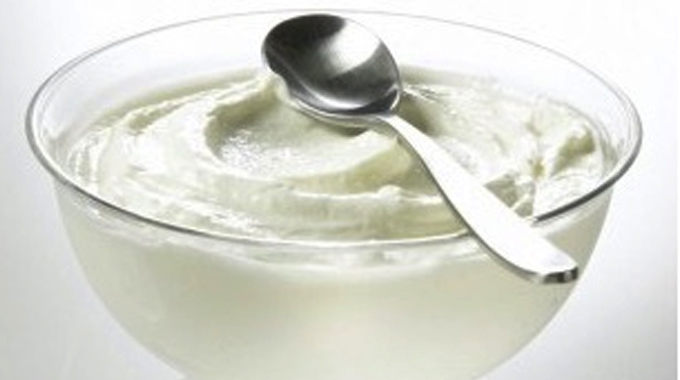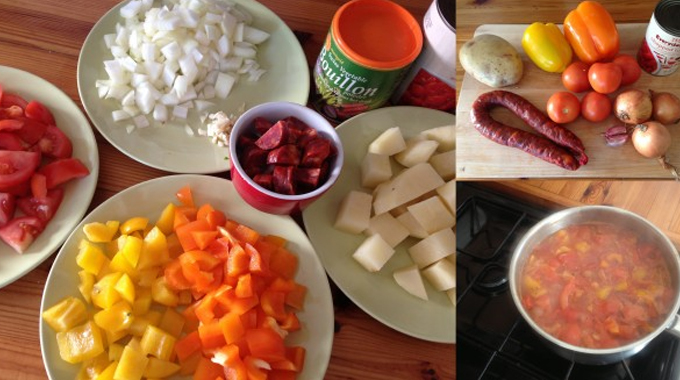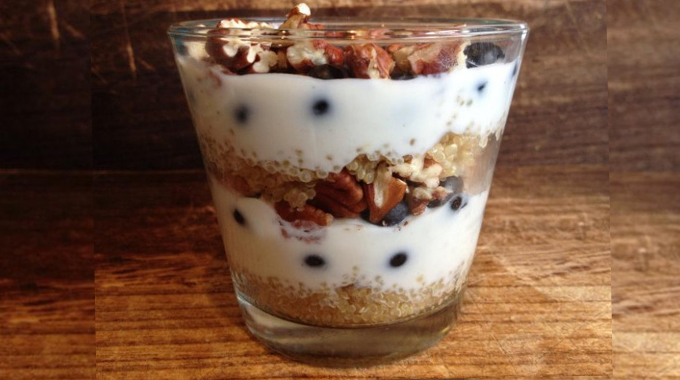Marginal gains are how many professionals train and those gains can be found in training, nutrition and equipment. With Strava QoM’s just waiting to be owned and our desire to continually improve performance on the bike, we turn our attention to ways in which we can better ourselves.
What you put into your body has a significant effect on what you get out of your body – and no, we don’t me that. We mean physical and mental performance. We’ve looked at the nutritional benefits of common household foods such as bananas, cherries and Manuka honey which when introduced into your daily diet, has some wonderful advantages.
You can find more TWC nutritional guides here
We know that fresh fruit and vegetables are healthy, nutritious and should be a part of a well-balanced diet but how about those foods which are less common and still relatively unknown to us? For example, how many of you have heard about quark and better yet, who’s tried it?
What is quark?







